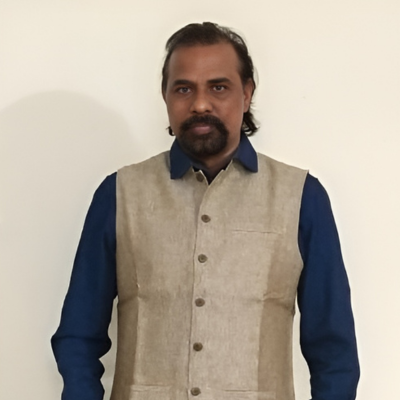
Mrs. Manju Diyya
Vice President – Tech
She is a versatile professional with a robust educational foundation spanning both the realms of chemical engineering and physical sciences. She holds degrees from esteemed institutions such as JNTU for Chemical Engineering and Osmania University for Physical Sciences. Additionally, she has expanded her expertise by earning a certification in Data Science from Intellipaat in collaboration with IIT, Chennai. With a solid background in both academia and practical application, she demonstrates a profound understanding of data science, particularly in artificial intelligence (AI) and machine learning (ML). She is a dynamic individual characterized by her analytical mindset and a proven ability to drive meaningful outcomes through data-driven methodologies.







